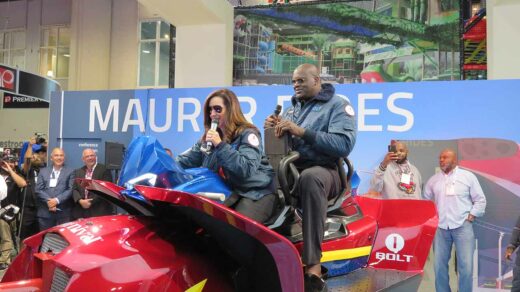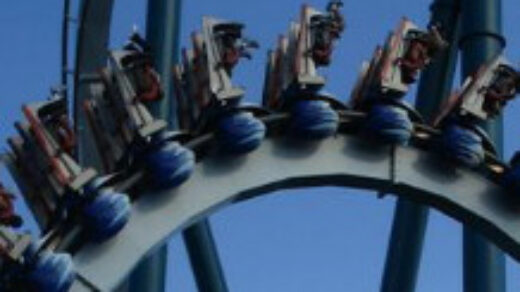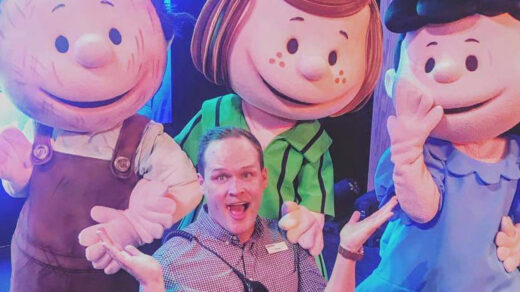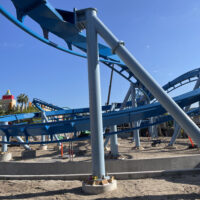Another small park recently converted to Holiday World’s pricing formula. Magic Springs, in Arkansas, went to free drinks and sunscreen last year. They increased the gate by $7 (now $45.99 + tax in 2008) and parking by $2 (now $9). The park is home to six roller coasters. The free drinks and sunscreen costs a family of four $30 extra (four tickets plus one parking pass). Even if drinks were $3 each – that’s ten drinks. How many families of four were buying ten drinks before the change? It doesn’t matter because now they’re being forced to have ten drinks in order to break even.
Who does this “free” soft drink strategy benefit and who does it hurt? First off, this strategy really benefits the park. The real value that you can’t put a cost on is being able to tell people they get free drinks. This translates to free advertising because it generates a lot of interest by word-of-mouth. In terms of the guests, those who drink a lot of beverages at the parks really benefit from this type of pricing but it also really hurts the guests that don’t stay in the park very long. If an amusement park includes parking in the ticket price what happens to the people that get dropped off or take public transportation to the park? They’re paying for an option they won’t even use. For some guests this pricing scheme ends up costing them more, but for the park it is the best option.
Here’s an interesting experiment: Gate price of $129 – everything included (parking, drinks, three meals, free lockers, even a game or two on the house). Rolling the entire visit into admission would probably make people balk at the ticket price. To guests who stay an entire day, park their own vehicle, and make use of the lockers, this would be a great option, to others it would end up costing them much more.
There is a sweet spot between the price of food and admission that every amusement park must find in order to maximize profits. The best option for most parks in America to end up with greater profit and happier customers would be to raise each admission ticket $5-7 and include drinks and sunscreen. Looking at the revenue generated by those items, parks might make a little bit less than selling those individually, but the increased customer happiness would result in more than enough additional profit spread throughout the park to make it worthwhile. Even if parks ended up making a little less per guest per visit, happy customers are much more likely to return, causing profits and attendance to grow. Rather than super sizing the drink and charging an arm and a leg for it, add a few dollars to the entry ticket and include unlimited soft drinks with nice small twelve or sixteen ounce cups. Someone who gets four free drinks in a day still has only taken forty-eight ounces of soda. If the gate price were right, the park could actually end up ahead thanks to the psychology of the cup size. Even though the opposite may be true, this type of pricing strategy makes guests feel they are getting a great value for their money. Happy guests are much more likely to spend money and make frequent return visits in which they will spend more money thus maximizing the park’s profit.
Nick Weisenberger















Recent Discussion